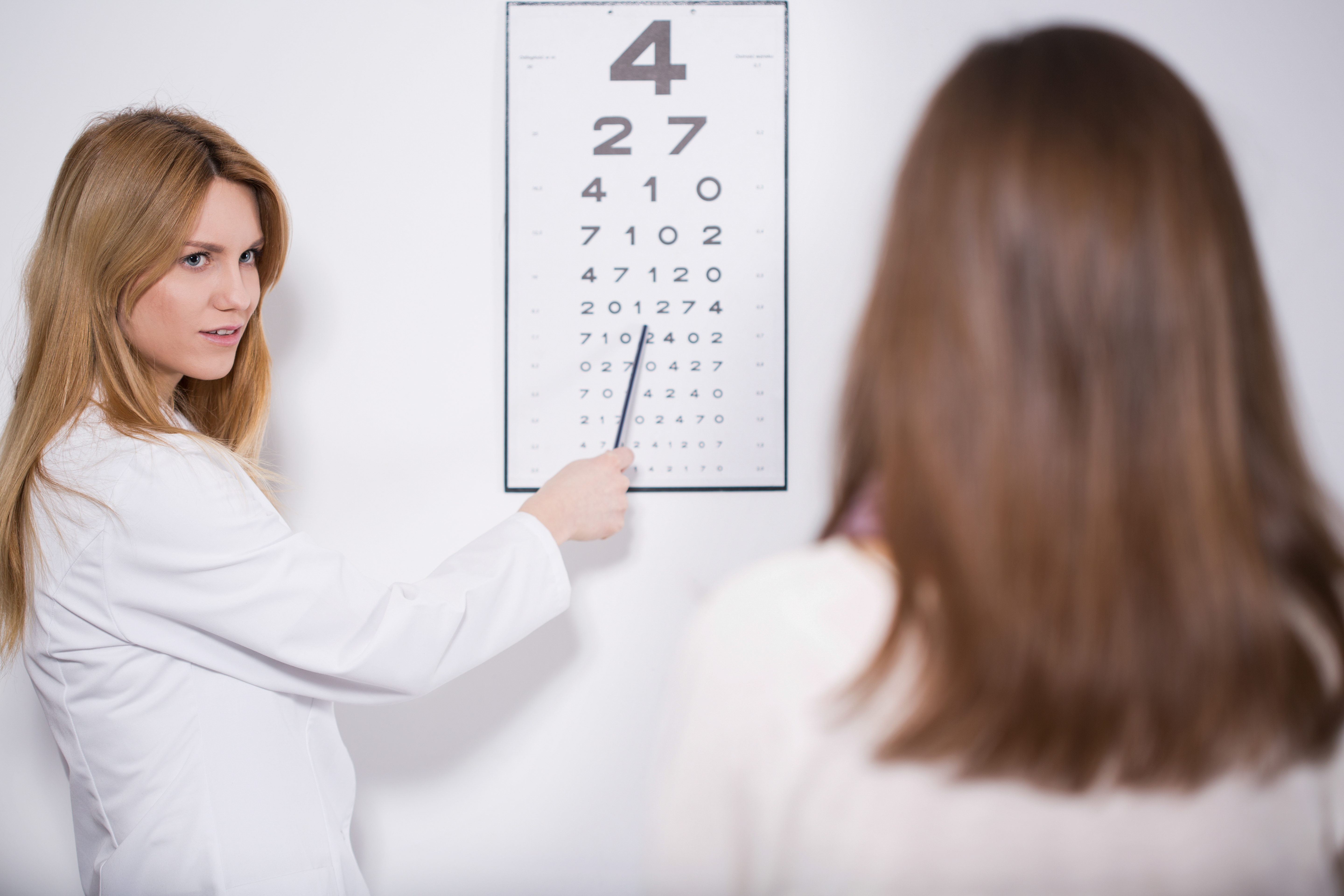- A vision problem due to an eye imperfection (eyeball is too short or the lens not round enough), causing the eye to be unable to see in the distance.
- Convex lenses usually correct the defect. For objects that are near, the eye has to accommodate even more.
- People with hyperopia can feel blurred vision, accommodative dysfunction, asthenopia, , binocular dysfunction, amblyopia, and strabismus.
- Genetic cause and involve an eye that is too short or a cornea that is too flat, making images focus at a point behind the retina.
- Other names: farsightedness, longsightedness.


